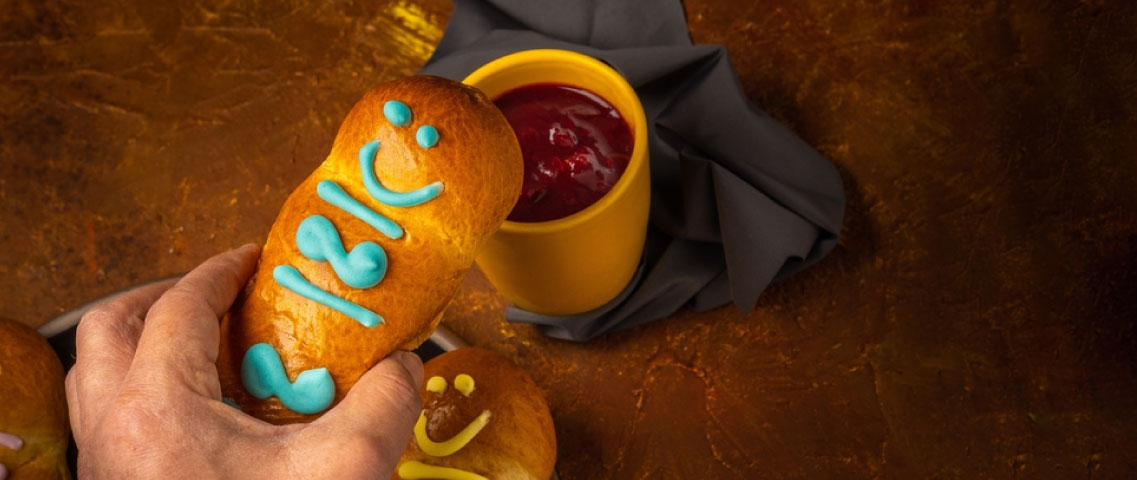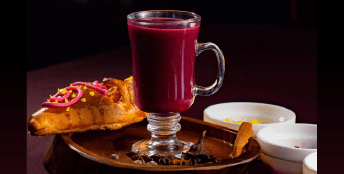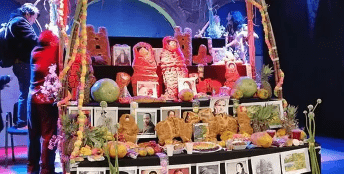
Can you believe there is a day to celebrate the dead? It seems contradictory, but it is a bright full commemoration in honor of the dead ancestors that blends rich traditions and culture.
Early November is marked in most countries’ calendars to honor their loved ones who passed away, especially those influenced by Catholic traditions. According to their belief, the deceased ones souls come to visit the Earth during those days.
However, Latin American countries have distinctive ways to celebrate this holiday, as they join the Spaniards and the Andean world in religious beliefs.
Let’s learn more insights and understand more about the fascinating customs and traditions of the most representative South American countries during this time of the year.
Ecuador
All Souls’ Day is commonly known in Ecuador as Día de los Difuntos, and it is celebrated on November 2nd as a national holiday.
The iconic tradition during this time is to prepare Colada Morada and Guaguas de Pan. The Colada Morada is a hot purple beverage made of the juice of blackberries, Andean berries, and naranjilla mixed with purple flour, sweetened with panela, and boiled with aromatic native spices, it also includes pieces of fruits. The Guaguas de Pan is bread in a shape like babies decorated with colorful cream and stuffed with many kinds of sweets, jams, or cheese, the most popular is the guava jam.
This beverage represents the journey to the afterlife, and the bread figures symbolize the dead people.
In addition, some families visit cemeteries to leave floral arrangements and cards; while others continue with the tradition of bringing food to share with all their families near the graves.
Bolivia
This country celebrates the event with particular rites and customs. According to tradition, on November 1st, at midnight, a Mast’aku table is set to receive the dead. It is covered with a white tablecloth when the deceased was a child or a dark one for an adult.
Additionally, it is decorated with flowers, food, coca leaves, chicha, and small bread figures, including t’antawawas (that represent the dead), sun, moon, ladders, horses, and other symbols of life, dead, and Mother Earth.
Other elements included are a sugar cane which signifies a walking stick that guides the dead during their visit to Earth, and candles that are lit from midday to illuminate the path of departed loved ones’ arrival.
On this day, families pray or sing praises with all their relatives in honor of the dead. At the end of the day, they eat empanadas, sweets, small dough treats, and even a traditional Bolivian meal. On the next day, on November 2nd the families let others take the food off the table. Some people go around the cemeteries and share little dough treats with the ones who pray for their dead.
Peru
This festivity is celebrated across the country, where families gather in a heartfelt tribute to the deceased. The most popular commemoration is to visit the graves in the cemeteries, pray, and make offerings, mainly of flower arrangements, decorations, cards, food, and drinks.
However, there exist specific traditions in each region, for example, in the south it is common to prepare delicious tanta wawas (bread figures that seem like babies). Meanwhile, in Cusco and Puno it is common to add a small ceramic doll face to the bread figures.
On the other hand, in some coastal regions, there are sweets called angelitos. These candies are given to the kids in memory of the children who died.
Chile
In Chile, All Saints’ Day is a profound celebration of love, memory, and togetherness, especially in the Norte Grande region which has Aymara and Quechua influences.
Families meticulously clean and decorate the graves of their dead, transforming them into altars adorned with vibrant flowers, candles, photographs, presents, dough shaped like ladders (to help the dead reach heaven), and the favorite food of the deceased. Later, the food is shared with all the family members and the community.
Meanwhile, in other regions, it is more common to visit cemeteries and decorate the graves with memories and flowers.
Recommend your clients to join these vibrant South American traditions. Contact us today! Our team will provide the best itinerary options to make the most of this culturally rich and inspiring experience.



Published in November 2023













